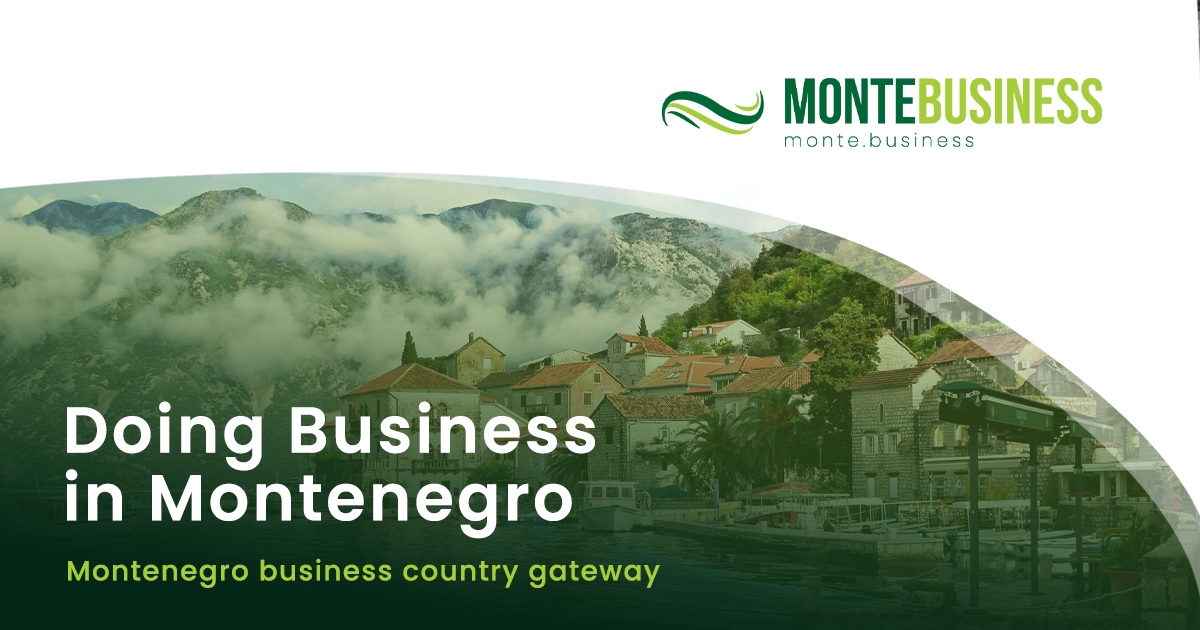The real estate landscape in Montenegro is currently experiencing a period of stability. Although there has been a noticeable calm in the market and growth has tapered off, property prices have held steady since the end of the previous year, according to insights shared by representatives from real estate agencies with Pobjeda.
Stefan Mišković, owner of “Multitask Nekretnine” agency, expressed that while there remains interest in apartments, it has slightly waned compared to the last quarter of the previous year. He highlighted a concern regarding the declining trend in interest, which seems to have been influenced by both European and regional market shifts, though its impact on prices and agency operations hasn’t been significant as yet.
Key Influencing Factors
Mišković attributed the decreased interest in the real estate market to several factors, notably the departure of a considerable number of foreigners who were previously residing in Montenegro, alongside market saturation. Additionally, he pointed out the impact of high-interest rates on housing loans. The effects of recent measures by the Central Bank aimed at lowering mortgage interest rates on the market are yet to fully materialize.
While the surge in real estate prices has stabilized, there hasn’t been a significant downturn observed yet.
Price Projections Mišković anticipates that the current year will likely witness a stabilization in the market and the cessation of further price hikes, which appears to be already underway.
Looking at the coastal region, Ivan Dašić, executive director of “Montenegro Propekt” real estate agency, noted that the first quarter typically experiences a quieter period. However, there have been inquiries similar to previous years, although potential buyers have been more cautious in making purchases.
Dašić attributed this caution to the expectation that if prices in most Western European markets declined by ten or even fifteen percent last year, a similar trend would be seen in Montenegro. However, due to the country’s inflexible pricing structure, this adjustment hasn’t occurred.
He provided insights into the average square meter prices for apartments in various coastal towns: Budva ranges from €2,800 to €3,300, Bar from €2,400 to €3,000, Kotor averages around €3,000, Tivat starts from €3,500, and Herceg Novi begins from €2,700.
Forecasts and Rental Trends
Both Mišković and Dašić foresee a relatively stable market in Montenegro’s real estate sector for the rest of the year, with potential minor adjustments in response to market dynamics and external influences. They expect rental prices to adjust to local affordability levels as the outflow of foreigners continues.








